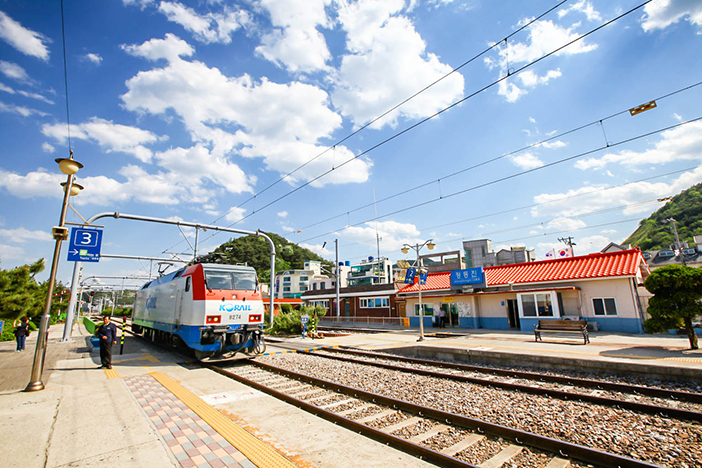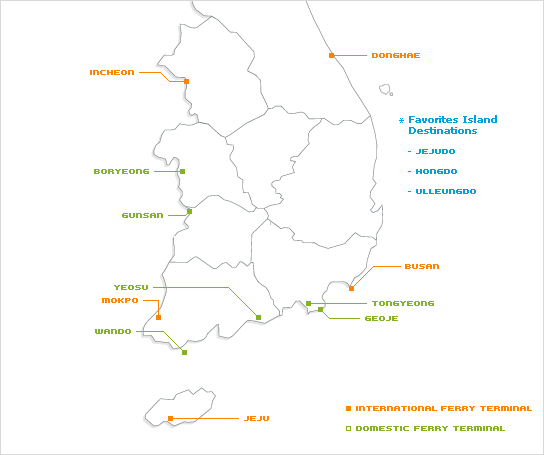TRANSPORT in KOREA
TRAIN

One of the most convenient ways to travel between cities in Korea is by train. Bus schedules can vary depending on traffic,
but that is hardly the case for the railroad, allowing passengers to make more exact travel plans and move to destinations on time.
Korean trains are classified based on their speed and the amenities offered onboard. The classifications include KTX express trains, KTX-Sancheon, ITX-Saemaeul, Mugunghwa, and KORAIL tourist trains with prices ranging depending on the train type and distance traveled.
The two main railway lines are Gyeongbu Line and Honam Line but other railway lines also include Jeolla and Gyeongjeon Lines, which reach as far as Yeosu and Changwon on the southern coast.
Express & Intercity Buses

There are many ways to travel around Korea, but the most popular way to get from one region to another is by buses. Both express and intercity buses have extensive networks throughout the country,
providing transportation from one city to another at reasonable prices. In addition to timely departures and arrivals, the buses are neatly maintained and have very accommodating atmospheres that offers an enjoyable ride for passengers.
In most cases, both the express and intercity bus terminals are located closely at the center of each city. However, in some cities, such as Seoul, the terminals are found at different locations in the city..
Visitors are advised to double check the boarding location of the bus before departure. Take note that if a bus terminal name includes the word jonghap, it means that the terminal provides both express and intercity bus transportation.
Subways

Subways serve as a convenient mean of transportation, probably the most favored public transportation by both Koreans and international visitors. Subways are currently available in five major cities including the Seoul Metropolitan Area,
Busan, Daegu, Gwangju and Daejeon. Seoul Metropolitan Area subway system covers an expansive area, including Line 1 to 9 with additional lines, such as Sinbundang Line, Gyeongchun Line, Gyeongui-Jungang Line, Ever Line, Uisinseol
Line, and more branching throughout the metropolitan area. Subway lines are color-coded for convenience, allowing passengers to use the subway with ease.
Ferries

Geographically, the Korean Peninsula’s plentiful islands and bays are favorable for the creation of ports. Ferry routes between the mainland and various islands allow tourists to readily travel to the marine splendors of Korea while
enjoying breathtaking views. At Incheon, Mokpo, Jeju, Busan, and Donghae are international passenger terminals operating domestic and international ferries. Domestic ferry lines are in service at Boryeong, Gunsan, Yeosu, Wando, Geoje, andTongyeong. As ferry routes and schedules are subject to change due to weather, tides and boat conditions, check with the ferry company prior to scheduling any trip.
